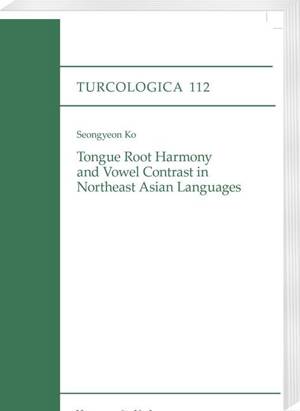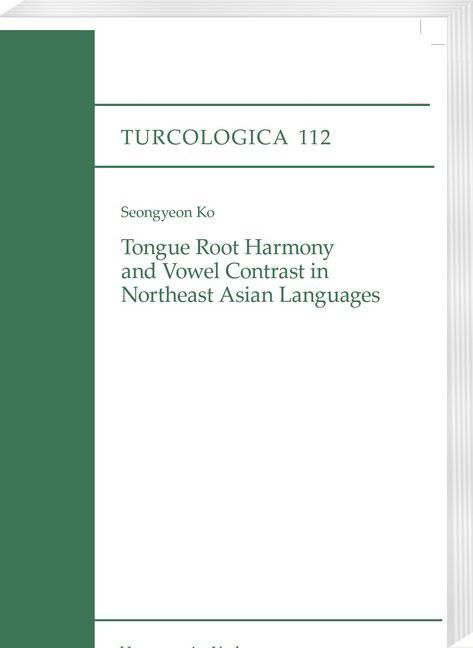
- Afhalen na 1 uur in een winkel met voorraad
- Gratis thuislevering in België vanaf € 30
- Ruim aanbod met 7 miljoen producten
- Afhalen na 1 uur in een winkel met voorraad
- Gratis thuislevering in België vanaf € 30
- Ruim aanbod met 7 miljoen producten
Tongue Root Harmony and Vowel Contrast in Northeast Asian Languages
Seongyeon Ko
€ 138,95
+ 277 punten
Omschrijving
This book investigates the synchrony and diachrony of the vocalism of a variety of Northeast Asian languages, especially Korean, Mongolic, and Tungusic languages, traditionally known as "Altaic" and more recently as "Transeurasian." After careful examinations of the phonetics and phonology of vowels in each variety, the author presents a formal synchronic analysis of more than 35 languages and dialects, past and present, within the framework of Contrastive Hierarchy (CH). He also provides a formal account for the historical development of the Korean, Mongolic, and Tungusic vowel systems. In doing so, he rejects some of the long-entrenched views such as the putative Mongolic and Korean vowel shifts: These languages have traditionally been described as having developed from a "palatal" vowel harmony system based on the contrast made by the front vs. back position of the tongue body. However, the author demonstrates that the oldest attested system of these languages (not to mention most of the modern varieties) should be characterized as having an "RTR" harmony system based on the contrast made by the advanced vs. retracted position of the tongue root. This monograph also touches upon some empirical and theoretical issues relevant to the vocalisms of Northeast Asian languages, which includes transparency/opacity in vowel harmony, a CH-based typology of vowels, and a formal model of CH changes.
Specificaties
Betrokkenen
- Auteur(s):
- Uitgeverij:
Inhoud
- Aantal bladzijden:
- 288
- Taal:
- Engels
- Reeks:
- Reeksnummer:
- nr. 112
Eigenschappen
- Productcode (EAN):
- 9783447109703
- Verschijningsdatum:
- 28/02/2018
- Uitvoering:
- Paperback
- Formaat:
- Trade paperback (VS)
- Afmetingen:
- 170 mm x 240 mm
- Gewicht:
- 538 g

Alleen bij Standaard Boekhandel
+ 277 punten op je klantenkaart van Standaard Boekhandel
Beoordelingen
We publiceren alleen reviews die voldoen aan de voorwaarden voor reviews. Bekijk onze voorwaarden voor reviews.










